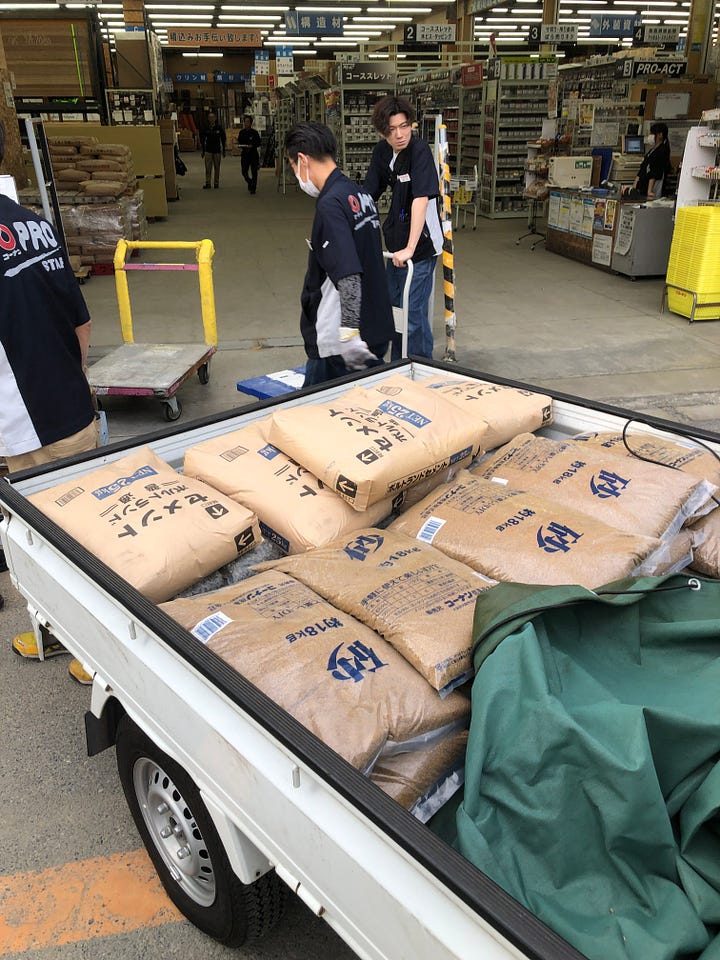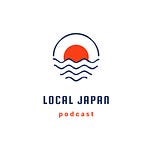The first concrete has been poured beneath the previous foundation! The process will continue several more times, which will ensure that the house does not heave or shift unevenly over time or fail during an earthquake.
In other news, we have running water on the property thanks to a deep well cleaning and the installation of a brand-new pump. The well now has a capacity of 2.5 tons of water per day! I am in the middle of editing a video about the cleaning process for the YouTube channel, so I will share that here next time. For now, you can listen to me describe a bit of the process in today’s episode.
Here are just a few tips I’ve learned from YouTube and from studying Foundations & Concrete Work, published by Fine Homebuilding (a magazine I love, by the way):
First, place a set of gravel under the concrete. It provides a stable base, improves drainage, and prevents cracks.
The plastic sheet (see below) is a passive house detail that improves airtightness and prevents moisture from rising into your crawlspace.
Since this job was a retrofit, we anchored rebar into the old foundation. We drilled holes into the old foundation with the hammer drill, filled them with specially designed caulk, and inserted the rebar into the holes.
The standard mix is generally: 1 part cement, 2 parts sand, 3 parts aggregate.
More water that you add makes it easier to work with but also reduces its strength.
Try to mix to the consistency of cookie dough.
After you pour, vibrate the mix to reduce air bubbles that form inside.
To help the concrete cure, shower it with water every few hours (water is an agent that activates the cement).




Unbeknownst to me for weeks, episode #40 went missing from the catalog. I am not sure how this happened but my interview with Steve Beimel was fantastic, and I think it deserves to be shared far and wide across Japan. I’ve re-uploaded it this week.
I enjoyed listening back to our discussion. I recalled my subsequent visit to the School of Traditional Building Arts in Kyoto and learning how to use the Pythagorean theorem, a chalk line, and a handsaw to carve a wood joint. It was also wonderful to reflect on how far things have progressed since the time of the interview (just over one year ago).
I hope you enjoy this re-broadcast as much as I did.
Books Mentioned In This Episode:
When you purchase a book (or anything on Amazon) with the links below, you support me and the podcast at no extra cost to you:









Share this post